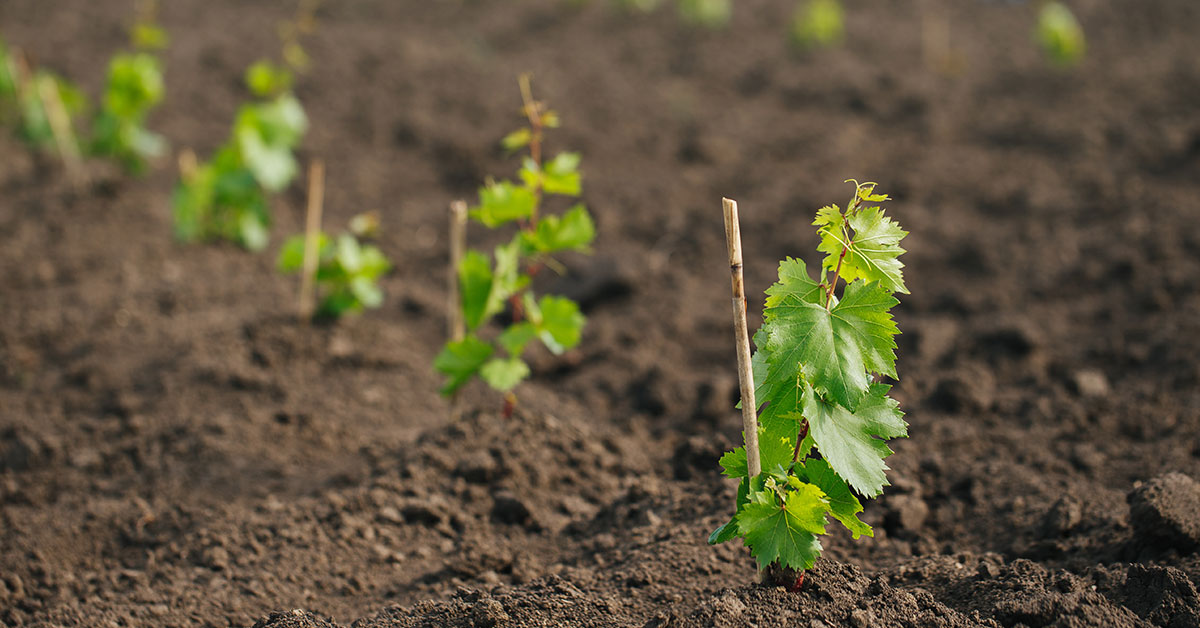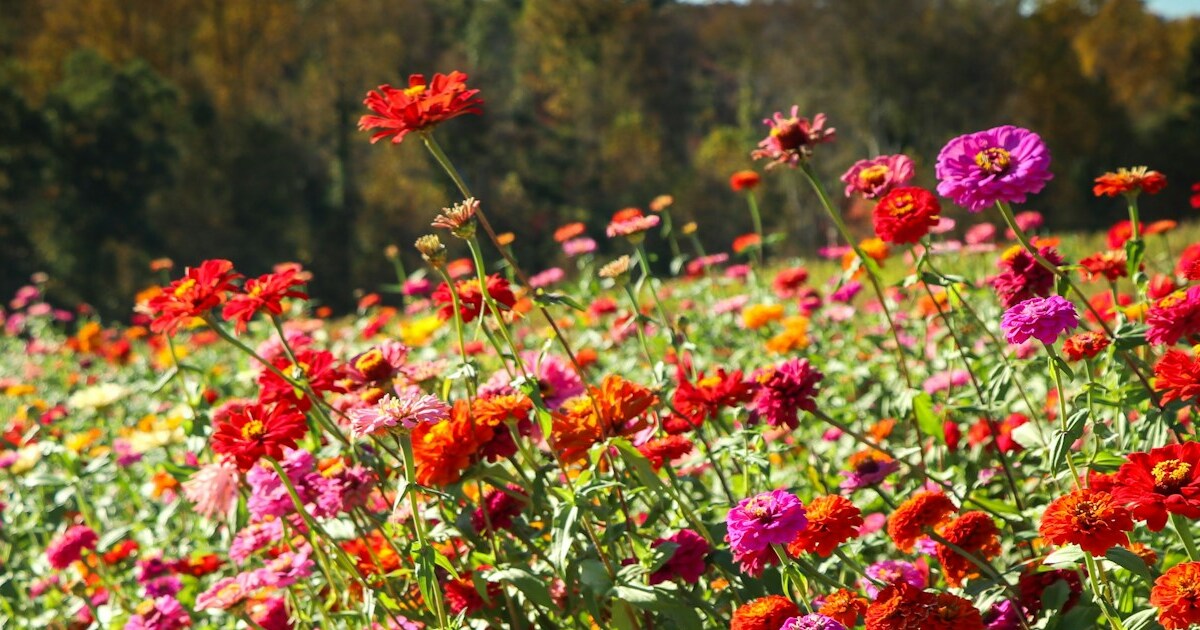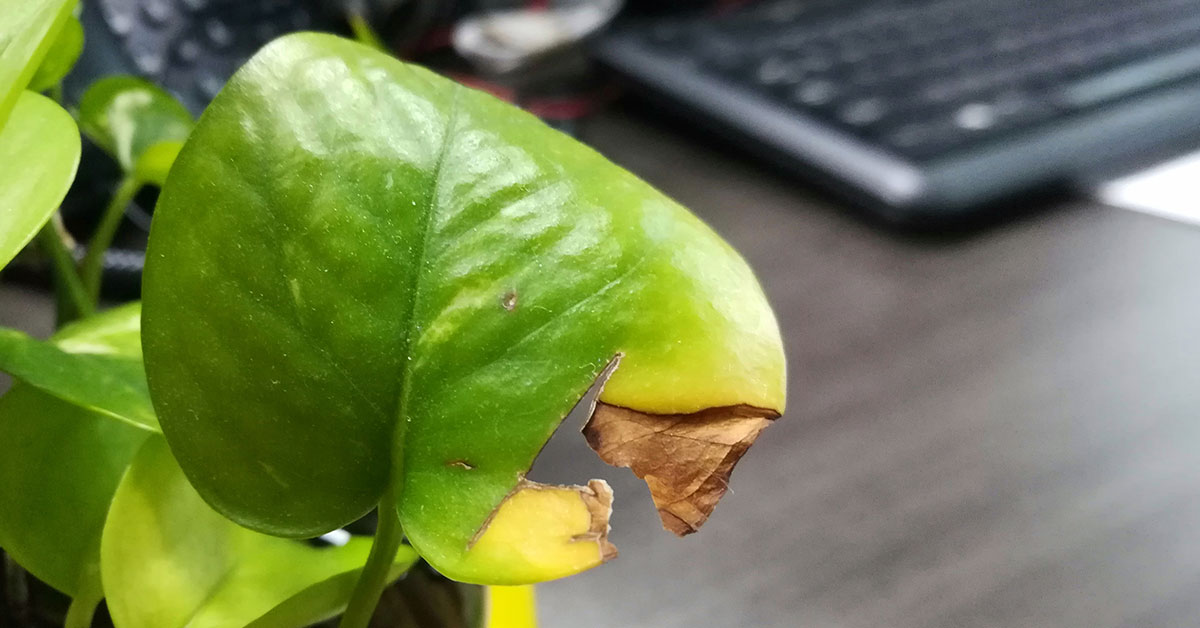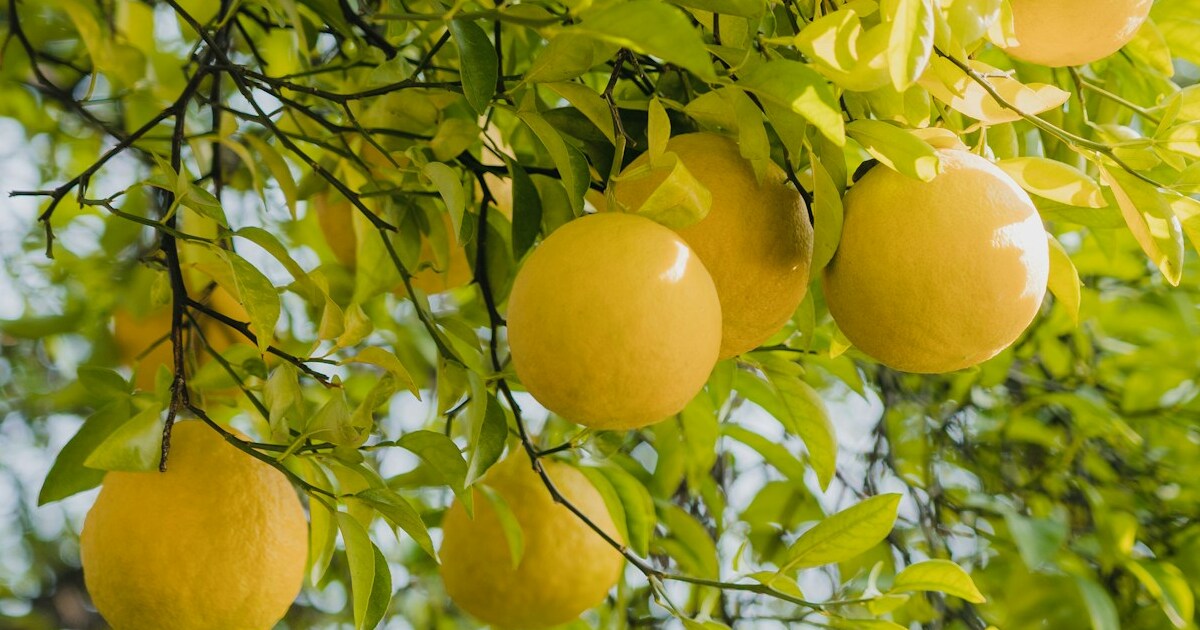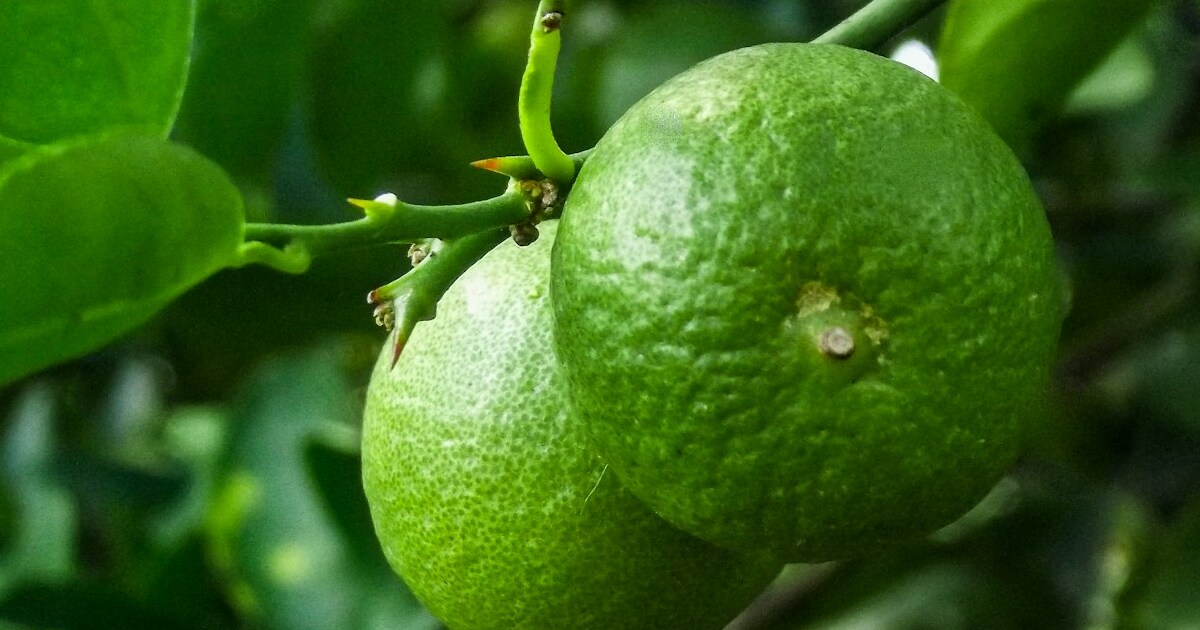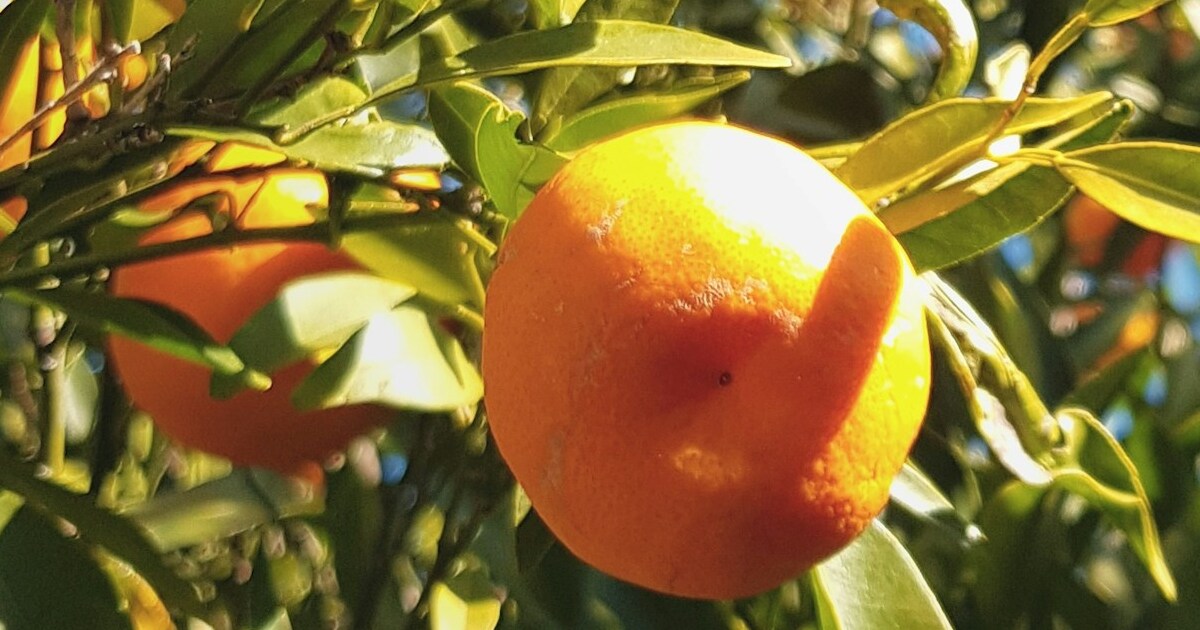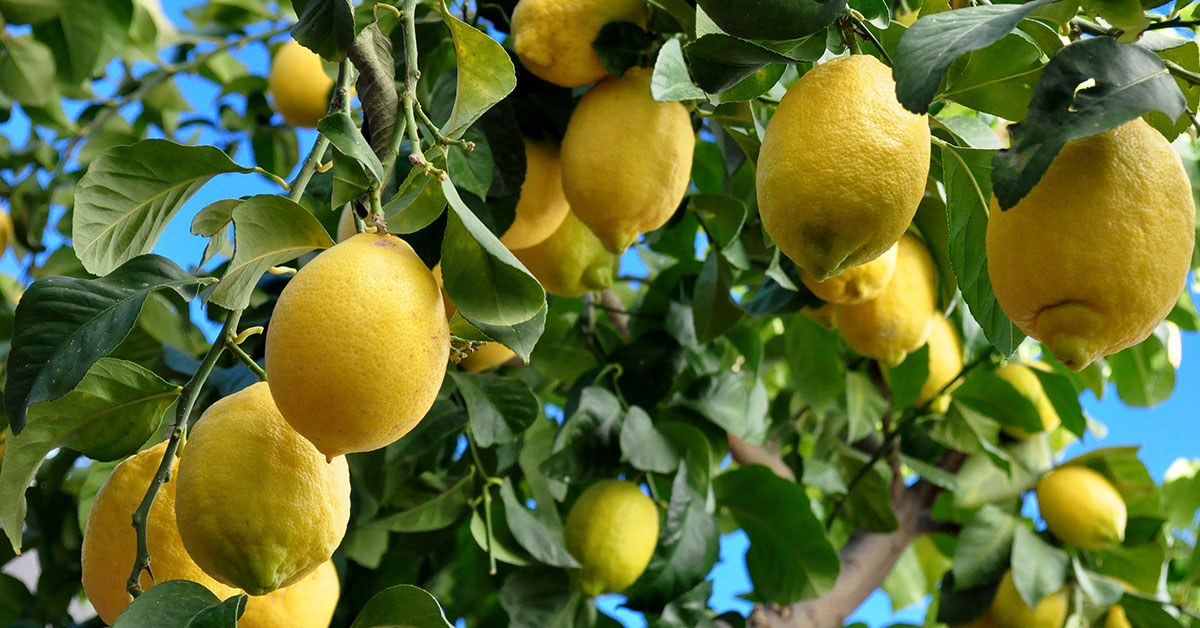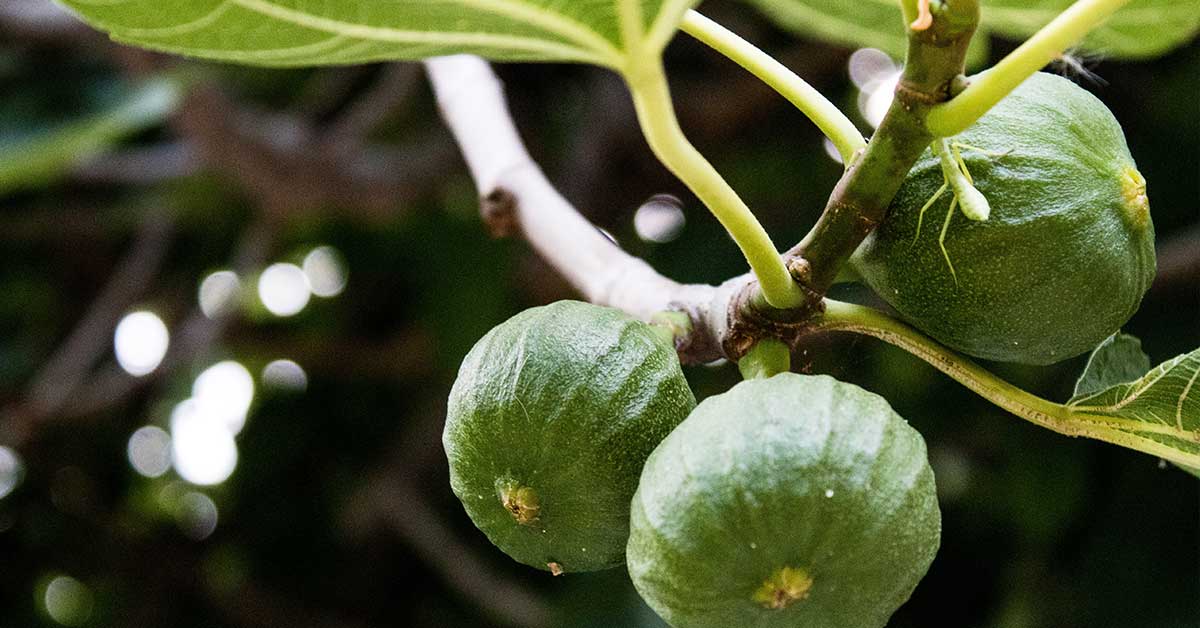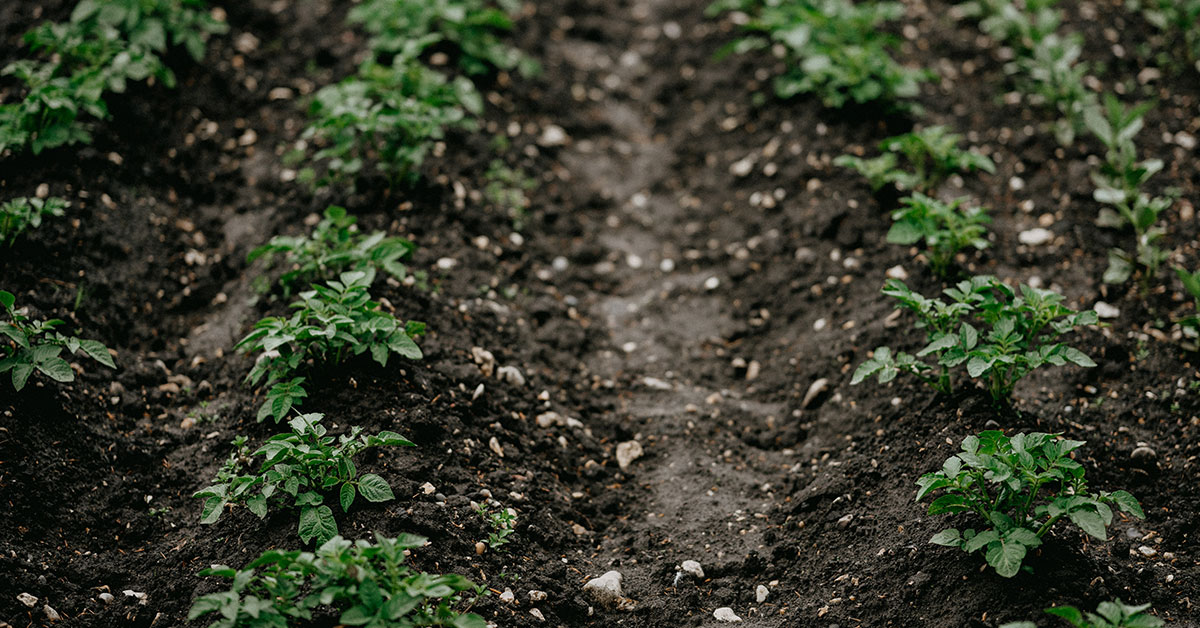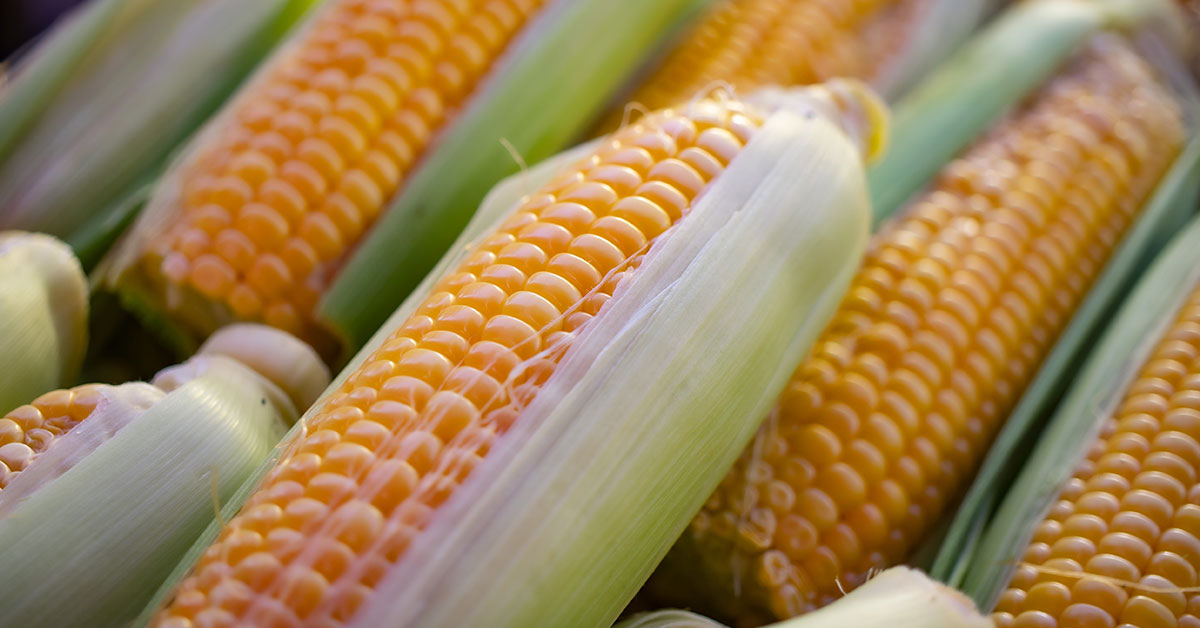Grape vines are a delightful addition to any garden or vineyard, offering not only a luscious fruit harvest but also a touch of Mediterranean charm. Whether you are a seasoned gardener or a novice enthusiast, understanding the best time to plant grape vines in the UK is essential for reaping a bountiful harvest. In this article, we will explore the optimal planting time, taking into account the UK’s unique climate, soil conditions, and grape variety preferences, allowing you to make informed decisions and set yourself up for a thriving vineyard.
Best grape varieties to grow in the UK
There are several grape vine varieties that are well-suited for growing in the UK’s climate. Here are a few recommended varieties:
- ‘Bacchus’: This is a popular white grape variety that produces aromatic and fruity wines. It is known for its excellent resistance to disease and is relatively easy to grow.
- ‘Pinot Noir’: This red grape variety is widely grown in the UK and is used to produce high-quality red wines. It requires a slightly warmer climate, so it is best suited for southern regions of the UK.
- ‘Chardonnay’: Another popular white grape variety, Chardonnay is known for its versatility and is used to produce both still and sparkling wines. It requires a relatively warm and sheltered site.
- ‘Ortega’: This white grape variety is highly productive and ripens early, making it a good choice for the UK’s shorter growing season. It produces aromatic, fruity wines with a good balance of acidity.
- ‘Müller-Thurgau’: This is a popular white grape variety that is well-suited for cooler climates. It is relatively disease-resistant and produces wines with a floral and fruity character.
These are just a few examples, and there are many other grape varieties that can be successfully grown in the UK. It is recommended to choose varieties that are specifically bred or selected for the UK climate, as they will have better chances of thriving and producing good quality fruit.
When to plant grape vines in the UK
In the United Kingdom, the hardiness zones range from Zone 6 in the south to Zone 8 in the milder coastal regions. The hardiness zone map is a useful tool for gardeners as it helps determine the suitability of various plants in different regions based on the average annual minimum temperature.
When it comes to planting grape vines in the UK, timing is crucial for their successful establishment and growth. The best time to plant grape vines is in early spring or late autumn when the weather is mild and the soil is workable.
Early spring, typically March or April, is a favorable time for planting grapevines because the soil has started to warm up, and the vines have a longer growing season ahead. This allows the roots to establish themselves before the onset of summer heat, promoting healthier growth and better fruit production in subsequent years.
Late autumn, around October or November, is also a suitable time for planting grape vines. By this time, the soil is still warm enough to encourage root growth, while the cooler temperatures and reduced sunlight help prevent stress on the newly planted vine. Planting in late autumn also allows the vine to benefit from the winter dormancy period, which aids in its adaptation and survival.
When selecting grape varieties for planting, it is important to consider their suitability for the specific hardiness zone in which you reside. Some grape varieties, such as ‘Pinot Noir’ and ‘Chardonnay,’ thrive in the milder southern regions (Zone 7 and 8), while others like ‘Bacchus’ and ‘Muller Thurgau’ are more suitable for the cooler climates of the north (Zone 6).
It is worth noting that the success of grape cultivation in the UK also depends on other factors like soil type, sunlight exposure, and protection from strong winds. Therefore, it is advisable to consult with local nurseries or horticultural experts who have knowledge about your specific region’s conditions to ensure the best possible results.
Overall, with careful selection of grape varieties and planting at the appropriate time, you can successfully enjoy growing your own grapes in the UK.
When to harvest grape vines in the UK
The optimal time to harvest grape vines in the UK is generally in the early autumn months, typically between September and October. The exact timing can vary depending on the specific grape variety and the weather conditions throughout the growing season. It is important to closely monitor the grapes as they ripen to determine the ideal moment for harvest. One helpful indicator is the sugar content of the grapes, which can be measured using a refractometer. When the grapes reach the desired level of sweetness, with the sugar content typically ranging from 22-25 Brix, it is time to harvest. Additionally, the color of the grapes can also be a good indicator, as they should have reached their full coloration and be plump and juicy.
Other considerations
When growing grape vines in the UK, there are several other considerations to keep in mind:
- Climate: The UK has a cool climate, so it is important to choose grape varieties that are suitable for cooler temperatures. Look for varieties that are disease-resistant and can tolerate the UK’s unpredictable weather conditions.
- Soil: Grape vines thrive in well-drained soil with good fertility. Before planting, ensure that the soil is well-prepared by adding organic matter, such as compost or well-rotted manure. Conduct a soil test to determine the pH level and make any necessary adjustments to ensure it falls within the optimal range for grape cultivation (pH 6-7).
- Sunlight: Grape vines require a lot of sunlight to produce high-quality fruits. Choose a planting location that receives full sun exposure for at least 6-8 hours a day.
- Pruning and Training: Grape vines need proper pruning and training to control their growth and maximize fruit production. Pruning should be done during the dormant season (late winter or early spring) to remove dead or weak wood and shape the vine. Training the vines along a trellis or wires will help maintain good airflow and prevent disease.
- Disease and Pest Control: Grapevines are susceptible to various diseases and pests, such as powdery mildew, downy mildew, and grapevine leafhoppers. Regular monitoring and appropriate preventive measures, such as applying organic fungicides or insecticides, can help control these issues. Choosing disease-resistant grape varieties can also help reduce the risk.
- Watering and Irrigation: Grapevines require regular watering, especially during dry periods. Adequate irrigation is crucial during the growing season, especially when the grapes are developing. Avoid overwatering, as it can lead to root rot and other fungal diseases.
- Harvesting: The timing of grape harvest is essential for achieving the desired flavor and sugar content. Grapes should be harvested when they are fully ripe, which usually occurs in late summer or early autumn. Regularly monitor the sugar levels using a refractometer to determine the best time for harvest.
Remember, growing grape vines can be a rewarding but challenging endeavor. It is always helpful to consult local gardening experts or join grape-growing communities for additional guidance and tips specific to your region.


